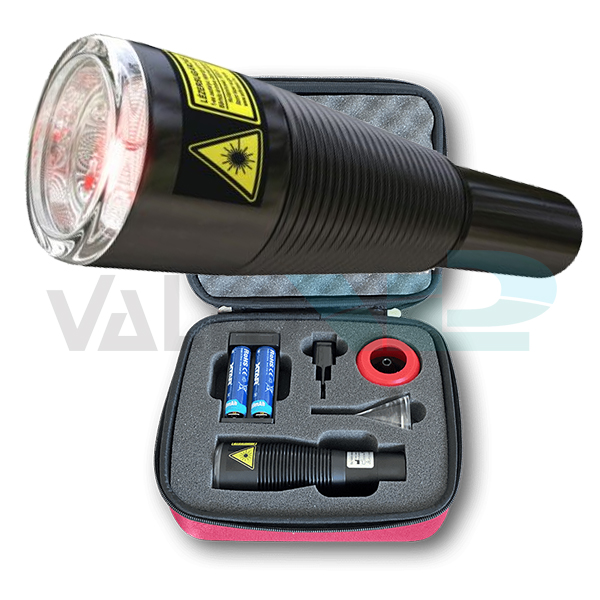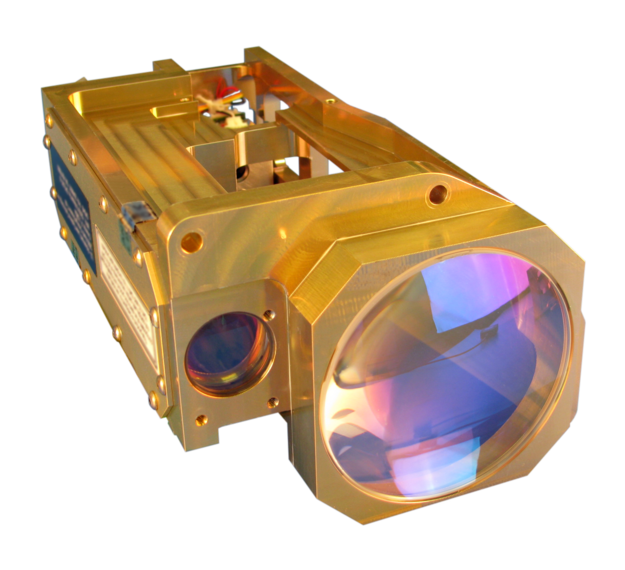Great Ideas On Deciding On A Safe Laser Therapy
Great Ideas On Deciding On A Safe Laser Therapy
Blog Article
How Can The Safe Laser Low-Level Therapy (Lllt) Aid With Respiratory Inflammation?
Safe Laser Low-Level Laser Therapy (LLLT) helps reduce inflammation in the respiratory tract through a variety of mechanisms. Anti-Inflammatory effects- LLLT has been proven to decrease inflammation, by inhibiting proinflammatory cytokines and encouraging anti-inflammatory mediators. LLLT could help improve breathing in respiratory conditions, such as asthma, bronchitis or any other condition where the inflammation of the airways causes symptoms such as wheezing and coughing.
Bronchodilation LLLT is known to relax the smooth muscle cells in the airways. This results in the bronchodilation. This is beneficial for people suffering from respiratory ailments like COPD as well as asthma in which bronchoconstriction leads to difficulty breathing.
Improved blood circulation LLLT stimulates microcirculation by increasing vasodilation. This boosts the flow of blood to the lungs. The improved circulation assists in delivering oxygen and nutrients into tissues that are inflamed to aid in healing and reduce inflammation.
The Enhanced Immune Response LLLT was shown to modulate the immune system by stimulation of cytokines. It also improved the process of phagocytosis in which immune cells engulfs and destroy pathogens. This could help increase the immune response to respiratory infections as well as reduce inflammation in the airways.
Reduced Mucus Production LLLT can help decrease excessive production of mucus in the airways by encouraging the elimination of mucus as well as reducing inflammation of the respiratory tract. This is particularly beneficial for those who suffer from sinusitis and chronic bronchitis. Excessive mucus is a contributing factor to respiratory symptoms.
Alleviation Allergic Reactions – LLLT is a treatment option to treat allergic rhinoitis (hay fever), a condition characterized by an inflammation of the nasal passages and the sinuses. LLLT can help in reducing inflammation and enhancing immunity, may alleviate allergies, such as nose congestion, sneezing and itching.
Safe Laser's low-level treatment provides an effective, non-invasive solution to inflammation in the respiratory tract. It reduces symptoms and helps improve breathing function. But, LLLT should only be utilized after consulting with medical professionals for the proper diagnosis. Have a look at the best safe laser for blog examples including safe laser használata, lágylézer hatása, lágylézer kezelés, gyógyító lézer, lágylézer hatása, safe laser bérlés, lagy lezer, lágy lézer vélemények, lagy lezer, safe laser vélemények and more.
How Does Low-Level Safe Laser Therapy (Lllt) Assist With Ear Problems?
Low-level laser therapy (LLLT) is a solution to many ear-related issues by using a variety of methods: Reduction of Inflammation- LLLT is anti-inflammatory, which can help reduce inflammation within the ear canal or middle ear. LLLT can reduce swelling and pain in situations like otitis intermedia (inflammation of the ear's outer).
LLLT provides relief from the pain in your ear.
Improved Tissue Repair and Regeneration- LLLT accelerates the process of tissue repair and renewal by enhancing cellular metabolism. In conditions such as the eardrum perforations or otitis media, LLLT can help promote quicker recovery of injured tissues, reducing the risk of complications and improving overall health of the ear.
Improved Circulation LLLT stimulates microcirculation by increasing vasodilation. This boosts blood flow into the ear tissue. Improved Blood Circulation can help provide oxygen and nutrients to tissues that are damaged or inflamed and promote healing.
Tinnitus Management - LLLT can be used to treat tinnitus-related symptoms that manifest as ringing in ears or buzzing. While the exact mechanism is not fully understood, LLLT may help improve blood flow and lessen inflammation in the auditory system, which can lead to reduced tinnitus symptoms.
LLLT can be effective in the reduction of earwax. Through breaking down and softening earwax that has formed it can be eliminated faster and lessen the chance of infection. This is particularly beneficial for those who suffer from excessive earwax, or who have earwax implantation.
Overall low-level Laser Therapy by Safe Laser is a safe and non-invasive treatment for ear issues. It provides relief from symptoms such as swelling, pain, and earwax. It is essential to speak with a specialist in ENT to determine the cause and treatment recommendation prior to making use of LLLT. Follow the recommended safe laser árak for more advice including safe laser használata, lagylezer terapia, lágylézer készülék bérlés, safe laser vélemények, lágylézer vásárlás, lézer bérlés, laser kezelés, safe laser kezelés budapest, laser kezelés, lágylézer vásárlás and more. 
How Is The Time Frame For The Laser Device That Is Safe To Affect Wound Healing?
Safe Laser low-level Laser Therapy (LLLT), can help heal wounds. The results can vary based on various factors such as the type, severity, and health of a person and their response to treatment. LLLT is generally recommended in the form of a sequence over a specified time frame to encourage optimal healing.
Type and Severity Of The Wound - The type and the degree of the injury may determine the amount of LLLT Sessions required. The smaller, less severe wounds may require less sessions compared to larger, more severe wounds. Also, chronic wounds or wounds that have underlying health conditions may require more sessions to achieve optimal healing.
The process of healing wounds will also influence the quantity of LLLT treatments needed. Different treatments are required for different phases of wound healing like swelling, inflammation and remodeling. LLLT is a method to stimulate tissue growth and repair throughout the process of wound healing.
Individual Response- Individual variables such as the overall health and immune system affect how the wound heals after LLLT. Certain people respond faster to treatment and show quicker healing of wounds, whereas others might require a longer duration of treatment.
Treatment Protocol – The treatment plan that is prescribed by a physician will be a key element in determining the number of LLLT sessions are required to aid in wound healing. Healthcare professionals can customize the treatment program to meet individual needs. This may include scheduling LLLT sessions at intervals of several weeks or over a longer duration.
Some patients may notice improvements in their wounds after a couple of LLLT treatments, whereas others may require more comprehensive treatment to achieve the best results. To reap the maximum benefits of LLLT it's essential to adhere to the prescribed treatment plan and be present at all scheduled sessions. For the best treatment for your wound it is also important to communicate regularly with your health professional.